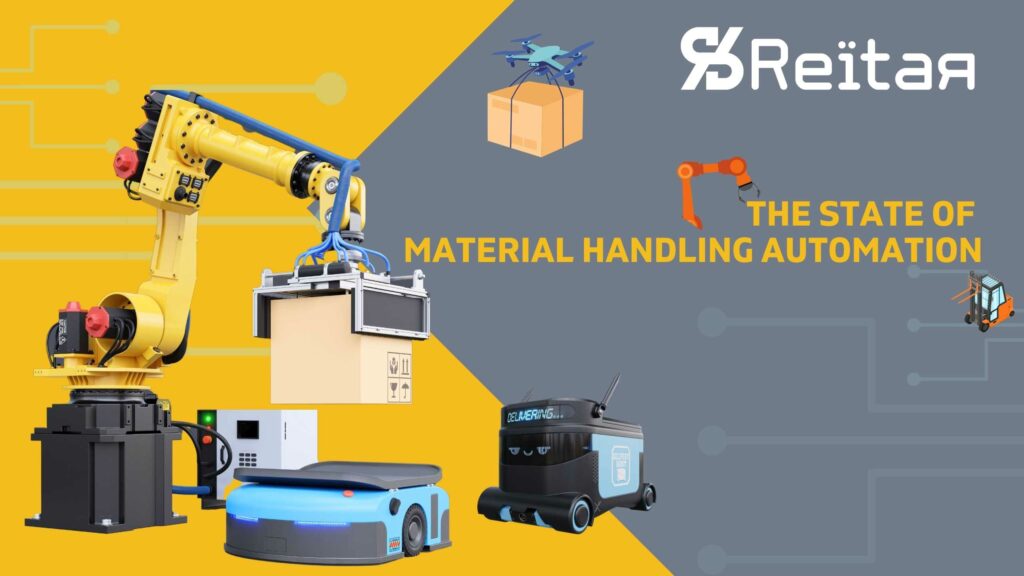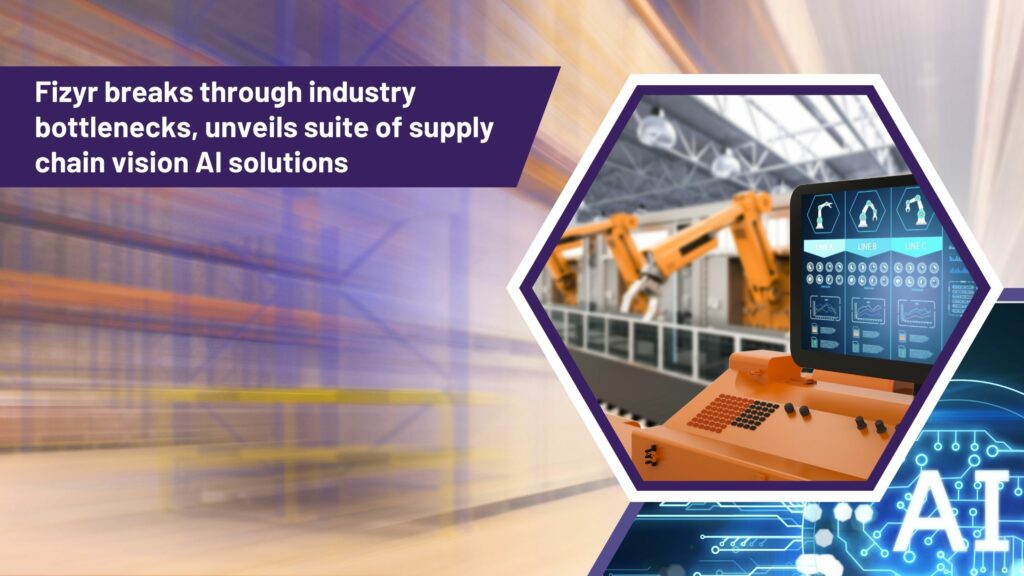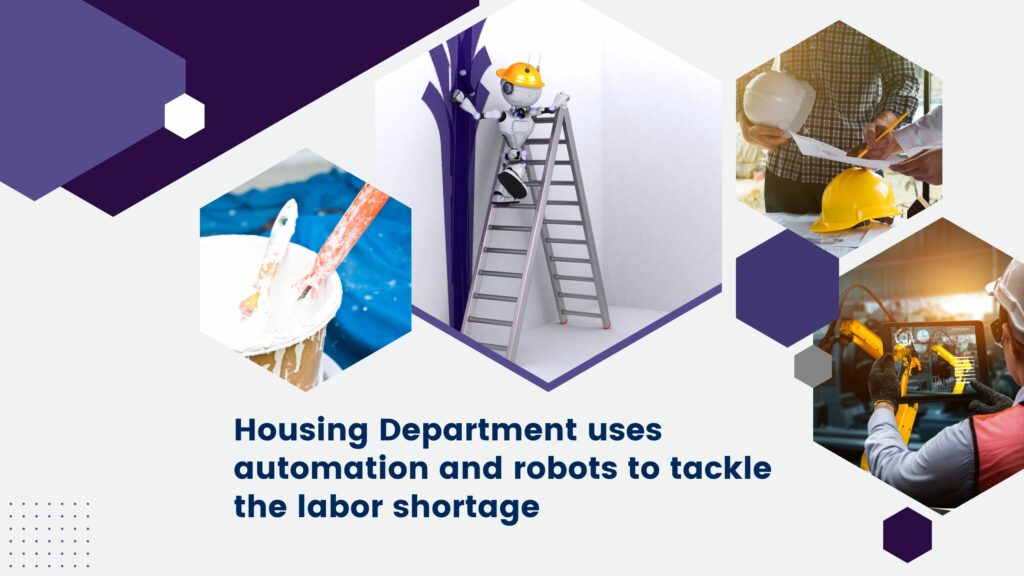The State of Material Handling Automation: How Labor Shortages are Driving the Adoption of AMRs in Warehouses

The main reasons for the adoption of automation are the labor shortage and supply chain disruptions, while the primary barriers to adoption are budget and cost/ROI.
Taking Logistics to New Heights: Deutsche Telekom Launches 5G-Connected Autonomous Drones Project

With 5G mobile communications, the project aims to bridge greater distances and enable the operation of transport drones without relying on traditional delivery routes.
Automated Robots: Powerful Warehouse Assistants

Robots can serve as valuable assistants to existing workforces by handling repetitive tasks with high precision and speed, allowing human workers to focus on more complex tasks.
AMRs solve the labor shortage issue

With the upgrade of Autonomous Mobile Robots (AMRs), industry experts claim that AMRs can increasingly work alongside workers or machines.
Grocery warehouse: The Benefits of Pallet Live Storage (PLS) Systems

PLS is a cutting-edge warehousing and logistics solution that transforms the way bulk stock items, like soft drinks, are stored and moved.
Navigating the Challenges of Medical Supply Distribution

The demand for medical supplies and equipment is on the rise, posing many challenges for distributors. They need help expanding their product line, dealing with unreliable suppliers, and increasing operating costs.
The Rise of Third-Party Logistics Providers: 3PLs are Changing the Game

The logistics industry is experiencing significant growth, with 3PLs playing an increasingly important role in meeting the demands of businesses and consumers alike.
Fizyr breaks through industry bottlenecks, unveils suite of supply chain vision AI solutions

Fizyr, a provider of advanced vision AI for robots, showcased its technology at the LogiMAT, the largest intralogistics exhibition in Europe.
How do Hong Kong Commercial Districts respond to the “Giant Health” Trend?

The vacancy rate of traditional commercial buildings in Hong Kong has remained high, reaching 20 million square feet, equivalent to nearly ten buildings of Central IFC Phase 2. The proportion of medical aesthetics and fitness industry tenants in New World Tower has risen from 10% to 35%, becoming the main tenant category.
Housing Department uses automation and robots to tackle the labor shortage

Digitized painting robots will become widely used in various public housing projects in the future, mitigating the impact of labor shortages on engineering.
